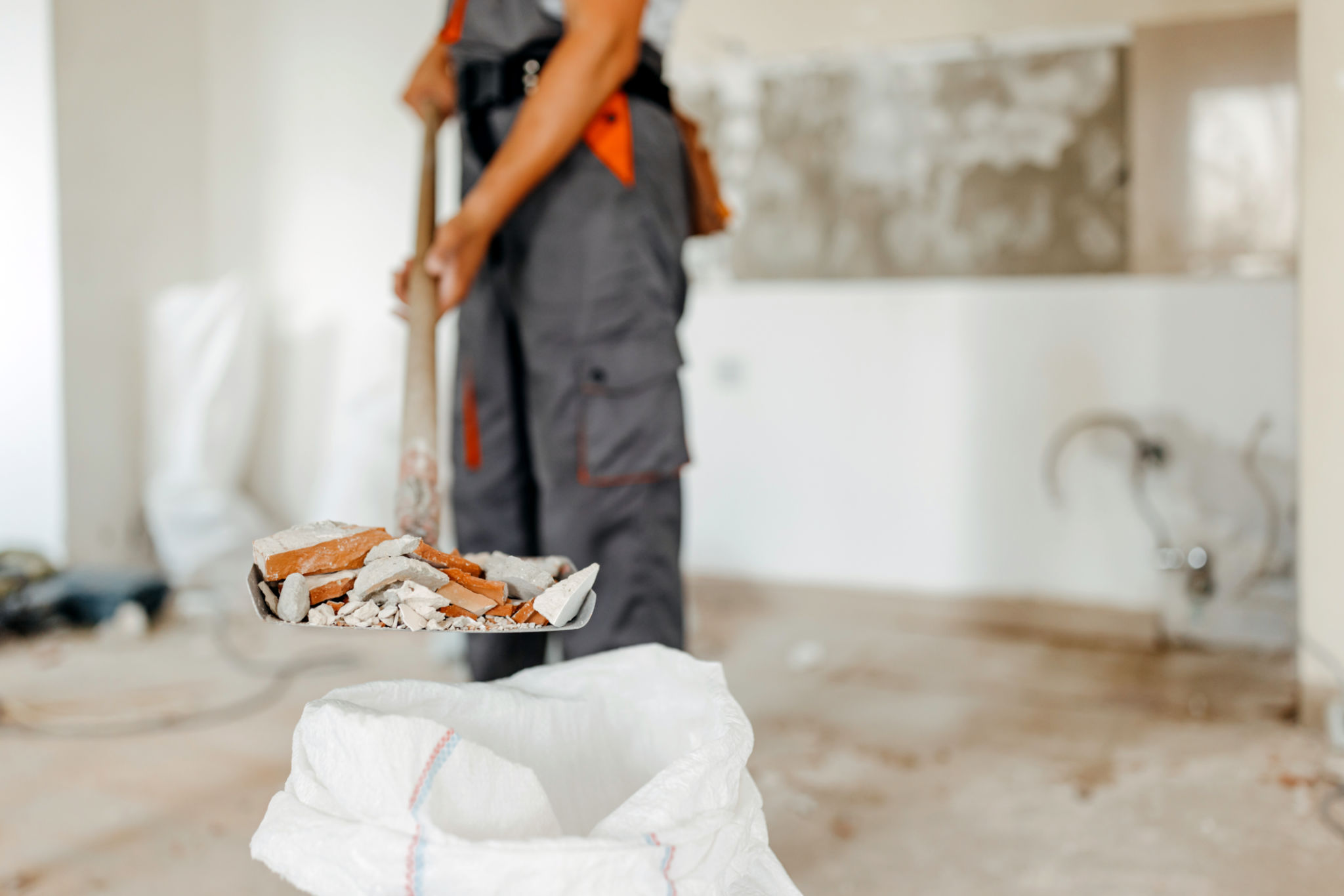How to Prepare Your Property for Residential Scaffolding in South Australia
SM
Understanding the Basics of Residential Scaffolding
Scaffolding is an essential part of many home renovation and construction projects. It provides a temporary structure to support workers and materials, ensuring safety and efficiency. In South Australia, understanding the nuances of residential scaffolding can ensure a smooth process for your property upgrades.
Before setting up scaffolding, it's crucial to grasp the different types available. From light-weight aluminum towers to more robust steel structures, selecting the right type depends on the specific needs of your project. Additionally, knowing the local regulations and safety standards is vital to ensure compliance and avoid any legal issues.

Preparing Your Property for Scaffolding
Properly preparing your property is the first step to a successful scaffolding setup. Start by assessing the area where the scaffolding will be erected. Remove any obstacles such as garden furniture, potted plants, or outdoor equipment. This will not only protect your belongings but also create a safer working environment for the construction team.
Next, ensure that the ground is level and stable. Uneven or soft ground can lead to instability, posing a hazard during the project. If necessary, reinforce the ground with concrete or a sturdy material to provide a solid base for the scaffolding structure.

Communicating with Your Scaffolding Provider
Clear communication with your scaffolding provider is key to a successful project. Before the scaffolding is installed, discuss your specific needs and expectations with the provider. Ensure that they are aware of any potential challenges such as limited access or sensitive landscaping features that need protection.
Additionally, confirm the timeline for both installation and dismantling of the scaffolding. This helps in coordinating with other contractors and minimizing disruptions to your daily routine.
Ensuring Safety During Scaffolding Use
Safety should always be a priority when using scaffolding on your property. Make sure that all workers have proper training and are equipped with the necessary safety gear such as helmets and harnesses. Regular inspections of the scaffolding structure are also important to identify any potential issues early on.

Furthermore, restrict access to the scaffolding area to authorized personnel only. This will help prevent accidents and ensure that only trained individuals are using the structure.
Maintaining Cleanliness and Order
Keeping your property clean and organized during the scaffolding project can enhance efficiency and safety. Encourage workers to clean up debris and tools at the end of each day. Consider setting up a designated area for storing materials and equipment to prevent clutter.
Regularly check for loose nails or sharp objects that could pose a hazard to workers or residents. Maintaining order not only protects your property but also creates a more pleasant working environment for everyone involved.

Final Steps After Scaffolding Removal
Once the scaffolding is removed, perform a thorough inspection of your property. Check for any damages or alterations that may have occurred during the project. Address any issues promptly to ensure that your property returns to its pre-construction condition.
Finally, review the completed work with your contractor to ensure that all expectations have been met. This is also a good opportunity to discuss any additional projects you may have in mind, leveraging the insights gained from this experience.
